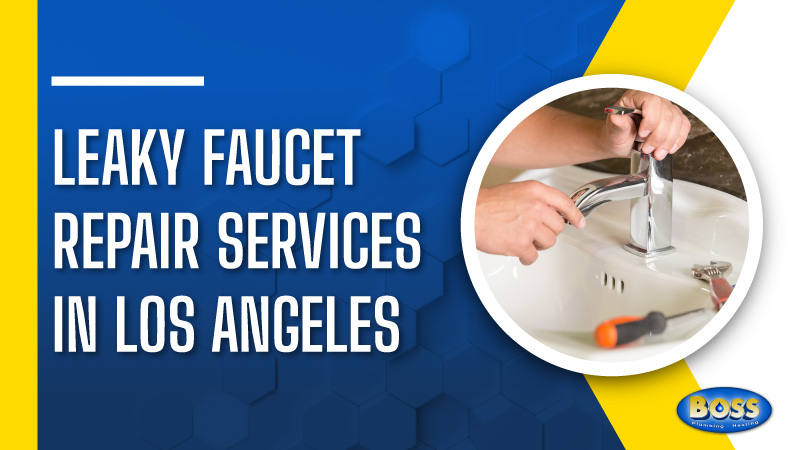
DIY Solutions for Homeowners: Fix Leaky Faucet
Identifying the Problem
A leaky faucet can be a frustrating and wasteful problem for homeowners. The first step in fixing a leaky faucet is to identify the source of the leak. Is the leak coming from the spout or the handle? Is it a slow drip or a steady stream of water? By closely examining the faucet and determining where the leak is originating from, you can better understand the underlying issue and determine the best course of action to fix it.
Gathering the Necessary Tools
Once you’ve identified the source of the leak, it’s time to gather the necessary tools and supplies to fix it. Depending on the type of faucet you have and the extent of the leak, you may need a variety of tools, including screwdrivers, adjustable wrenches, plumber’s tape, and replacement parts such as O-rings, washers, or cartridges. By having everything you need on hand before you begin, you can streamline the repair process and avoid unnecessary delays.
Shutting Off the Water Supply
Before you start working on your leaky faucet, be sure to shut off the water supply to prevent any further leakage or water damage. Most faucets have shut-off valves located under the sink or near the water heater. Turn the valve clockwise to shut off the water supply, then open the faucet to release any remaining water in the lines. Once the water supply is turned off, you can safely begin disassembling the faucet and addressing the source of the leak.
Disassembling the Faucet
With the water supply shut off, it’s time to disassemble the faucet and access the internal components. Start by removing the decorative cap or cover on the faucet handle, then use a screwdriver to unscrew the handle and remove it from the faucet body. Once the handle is removed, you’ll have access to the cartridge, O-rings, and other components inside the faucet that may be causing the leak. Carefully inspect each component for signs of wear or damage, and replace any worn or faulty parts as needed.
Replacing Worn Parts
If the leak is caused by worn or damaged components such as O-rings, washers, or cartridges, you’ll need to replace these parts to stop the leak. Start by removing the old parts from the faucet body, then install the new parts in their place according to the manufacturer’s instructions. Be sure to use plumber’s tape or thread sealant on any threaded connections to ensure a tight seal and prevent future leaks. Once the new parts are installed, reassemble the faucet and turn the water supply back on to test for leaks.
Testing and Adjusting
After completing the repair, it’s important to thoroughly test the faucet to ensure that the leak has been properly fixed. Turn the water supply back on and slowly open the faucet to check for any signs of leakage. If you notice any leaks or dripping, double-check your work and make any necessary adjustments to ensure a proper seal. Once you’re confident that the leak has been successfully repaired, you can enjoy your newly fixed faucet and the peace of mind that comes with knowing you’ve resolved the issue yourself.
Seeking Professional Help
While many leaky faucet repairs can be completed as DIY projects, there are some situations where it may be necessary to seek professional help. If you’re unable to identify the source of the leak, if the leak persists despite your best efforts to repair it, or if you encounter any unexpected complications during the repair process, don’t hesitate to contact a licensed plumber for assistance. A professional plumber has the knowledge, experience, and specialized tools needed to diagnose and repair even the most stubborn leaks, ensuring that your faucet is properly fixed and your home is protected from water damage.
Preventing Future Leaks
Once you’ve successfully fixed your leaky faucet, it’s important to take steps to prevent future leaks from occurring. Regularly inspect your faucets for signs of wear or damage, and address any minor issues before they escalate into major problems. Avoid using excessive force when turning handles or knobs, as this can cause unnecessary wear and tear on the faucet components. And consider investing in high-quality faucets and fixtures that are designed for durability and longevity, reducing the likelihood of future leaks and repairs.
Conclusion
In conclusion, fixing a leaky faucet is a relatively straightforward DIY project that many homeowners can tackle themselves with the right tools and know-how. By identifying the source of the leak, gathering the necessary tools and supplies, shutting off the water supply, disassembling the faucet, replacing worn parts, testing and adjusting, seeking professional help when needed, and taking steps to prevent future leaks, you can successfully repair your leaky faucet and restore functionality to your plumbing system. So don’t let a leaky faucet continue to drip – take action today and fix the problem yourself!









